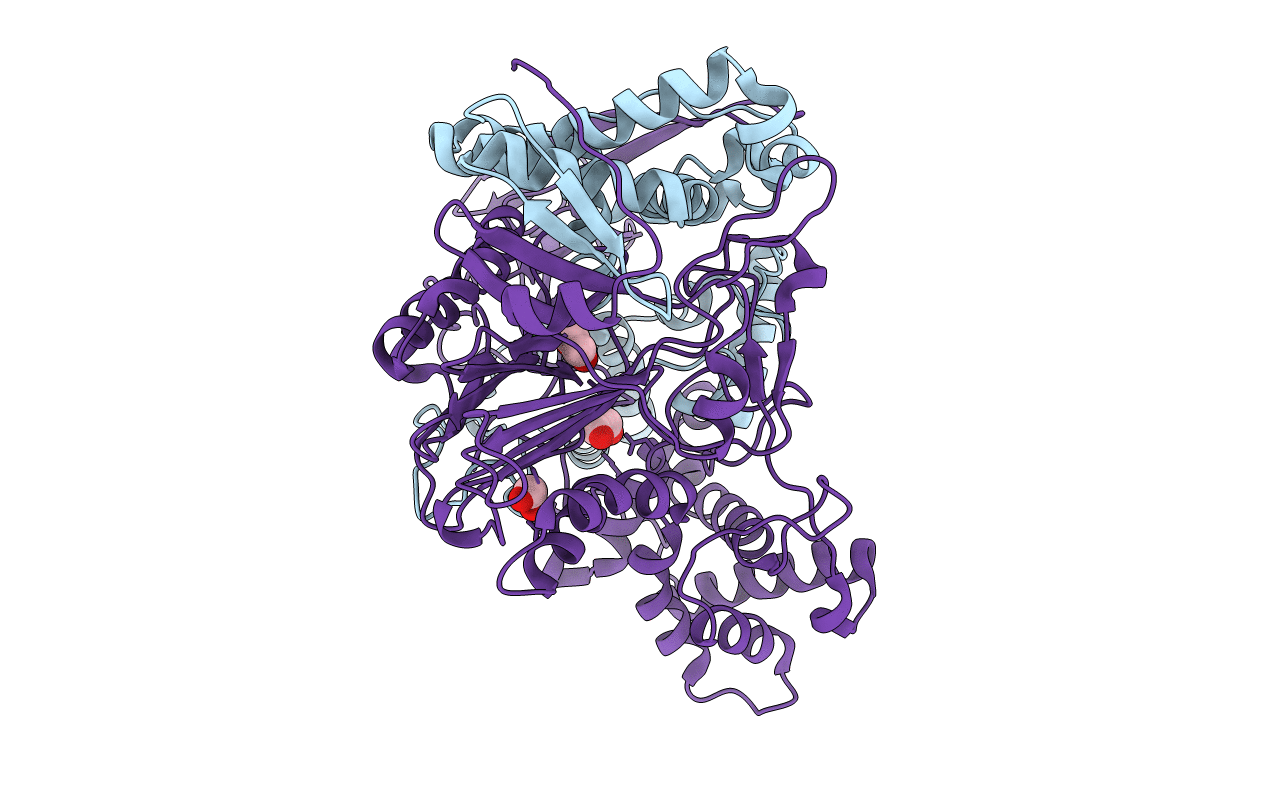
Deposition Date
2000-06-07
Release Date
2000-11-29
Last Version Date
2023-12-13
Entry Detail
PDB ID:
1E3A
Keywords:
Title:
A slow processing precursor penicillin acylase from Escherichia coli
Biological Source:
Source Organism:
ESCHERICHIA COLI (Taxon ID: 562)
Host Organism:
Method Details:
Experimental Method:
Resolution:
1.80 Å
R-Value Free:
0.19
R-Value Work:
0.15
R-Value Observed:
0.14
Space Group:
P 1


